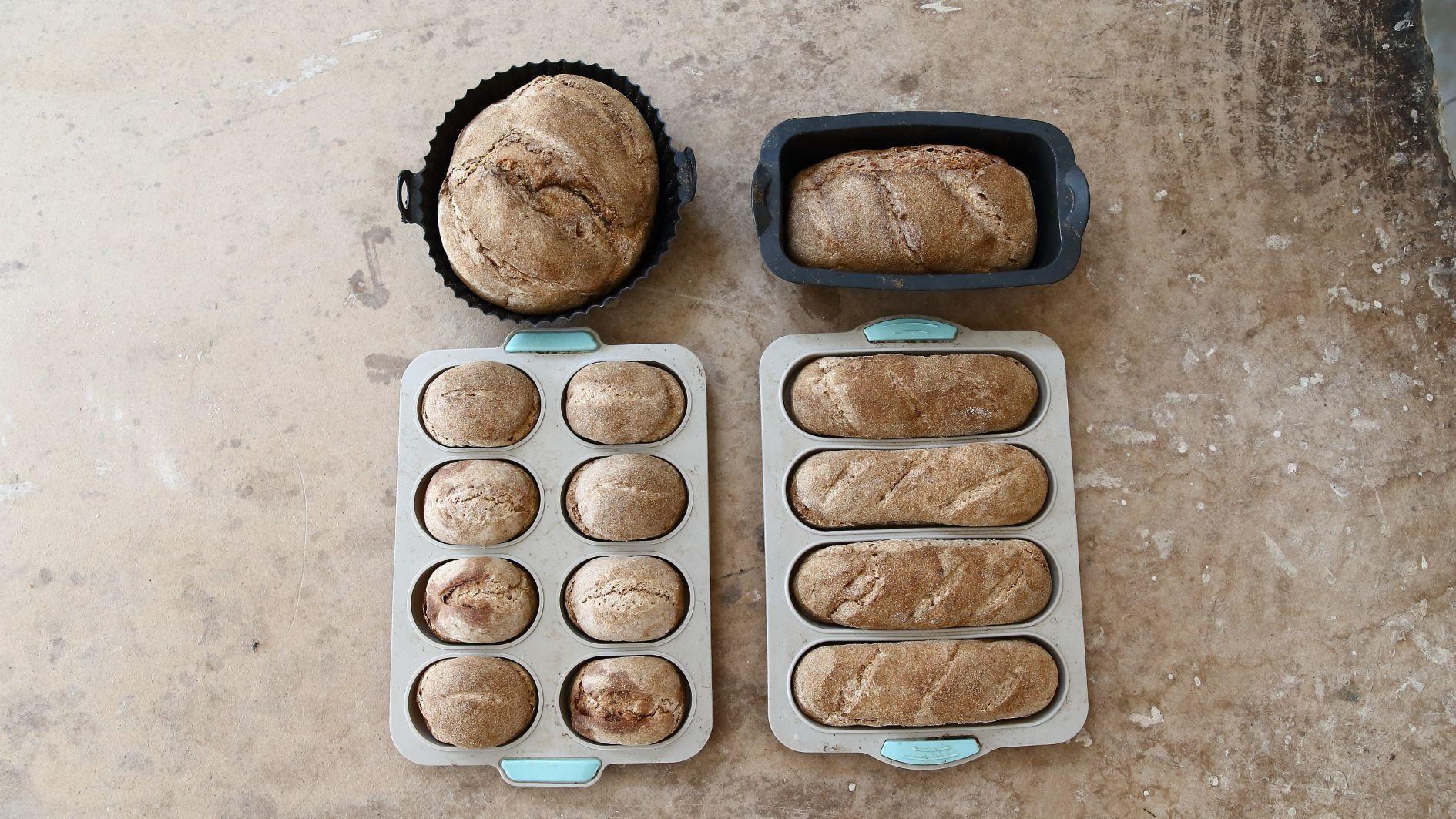
In Türkiye’s Black Sea province of Çorum, home to the ancient Hittite capital of Hattusha, a women’s cooperative has revived the 3,500-year-old “Hittite bread” described in archaeological tablets, recreating it with traditional methods and organic ingredients.
Tuba Topkara, an agricultural engineer who moved with her family from central Çorum to the village of Elvançelebi a year and a half ago, joined the 15-member Valide Sultanlar Sofrası Women’s Cooperative, which focuses on traditional baked goods. While exploring new ideas for production, she discovered a recipe for Hittite bread through gastronomy instructor Ülkü Menşure Solak.
Topkara studied the 2007 book “Hittite Cuisine as an Experimental Archaeology Study,” co-authored by Solak, and decided to bring the recipe to life within the cooperative under Solak’s guidance.
As cooperative chair, Topkara collaborated with local farmers to cultivate heirloom wheat. She also restored a disused stone oven in the village to bake the Hittite bread.
She personally oversaw the cultivation and harvesting of the wheat, which was then ground into organic flour using a traditional stone mill. Cooperative members prepared the dough using organic flour, sourdough starter, rock salt and spring water, kneading it in a wooden trough and baking it over a wood fire in the stone oven.
Made in line with recipes from Hittite tablets, the bread was first introduced to the public with support from the Çorum Municipality.
Speaking to state-run Anadolu Agency, Topkara emphasized the uniqueness of the recipe and the value of women’s hands in the process. “Heirloom wheat grown in our village is milled in a traditional stone mill. We turn the flour into dough using local spring water and special rock salt, following traditional methods. The bread is then baked over an oak wood fire, packaged and delivered to consumers," she said.
Expressing that they hope to take this bread to the world stage, she said: “We don’t just want it to be a symbol of Çorum — we want to make the 3,500-year-old Hittite bread a symbol of the world. The Hittites lived in this region, and this bread is part of their cultural legacy. We began production after conducting our own R&D.”
‘What makes it truly special is that it’s fully organic’
Ülkü Menşure Solak, co-author of “Hittite Cuisine as an Experimental Archaeology Study,” explained that the recipes cited in ancient Hittite tablets — especially religious texts — were the foundation of their experimental archaeology.
She stressed the importance of remaining faithful to original techniques:
“Hittite bread should be produced as authentically as possible, using stone mills and stone ovens. What makes it truly special is that it’s fully organic.”
Highlighting the purity of the ingredients, she said: “You won’t find any genetically modified components in this bread. We’re reviving an ancient recipe using the very same methods the Hittites once used, and the result has been remarkable.”
Noting that ritual texts documented not only the ingredients but the preparation methods as well, Solak said, “We’ve traced those details and, by using organic wheat and traditional tools, we’ve brought this 3,500-year-old bread back to life.”